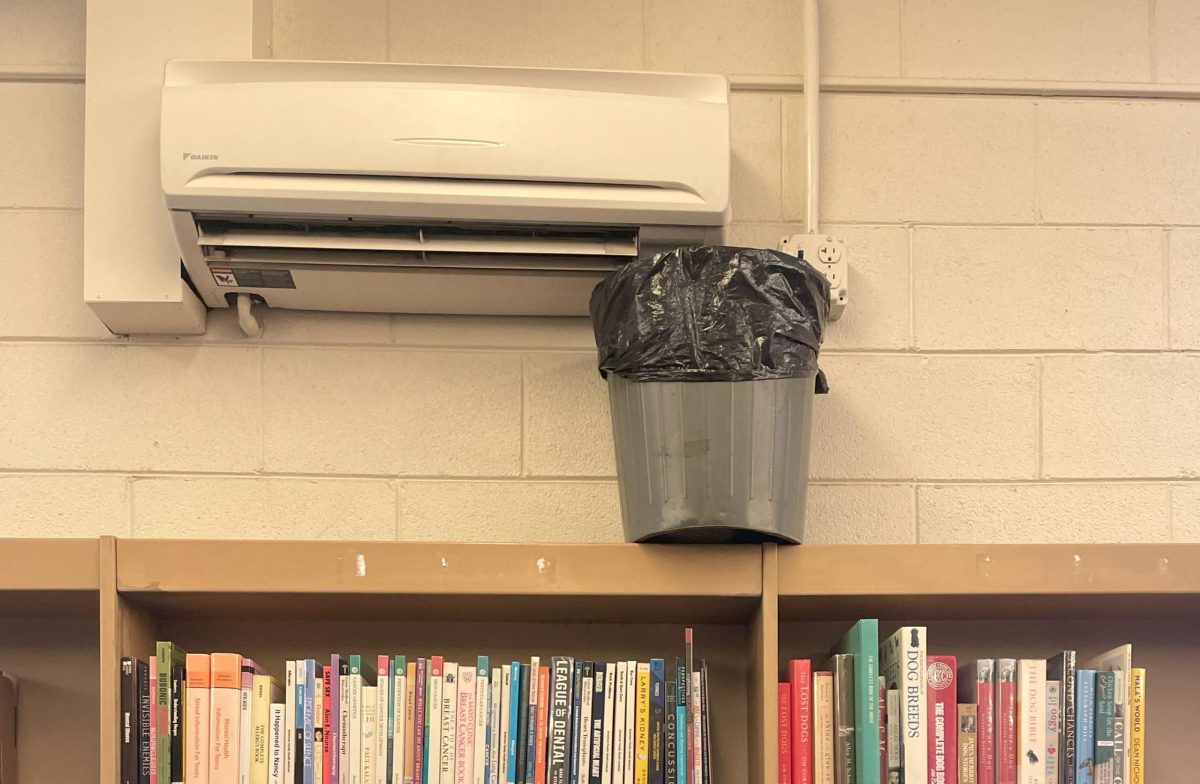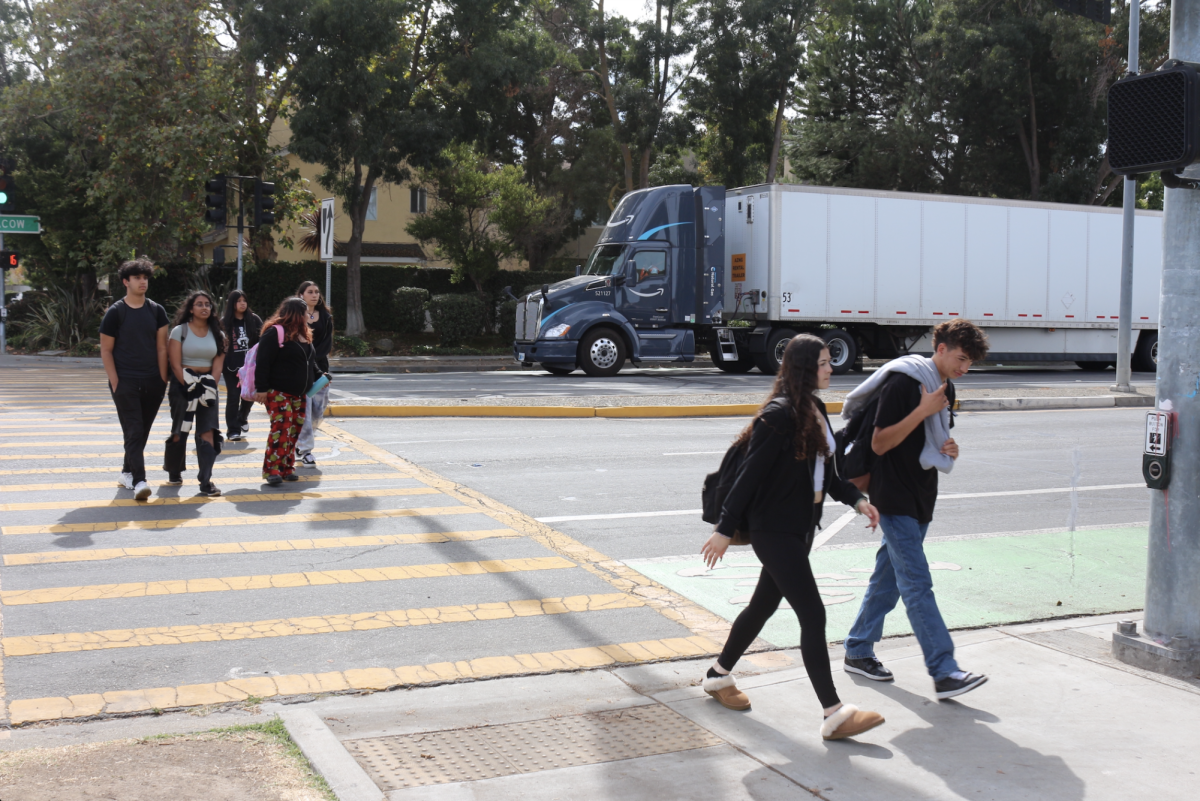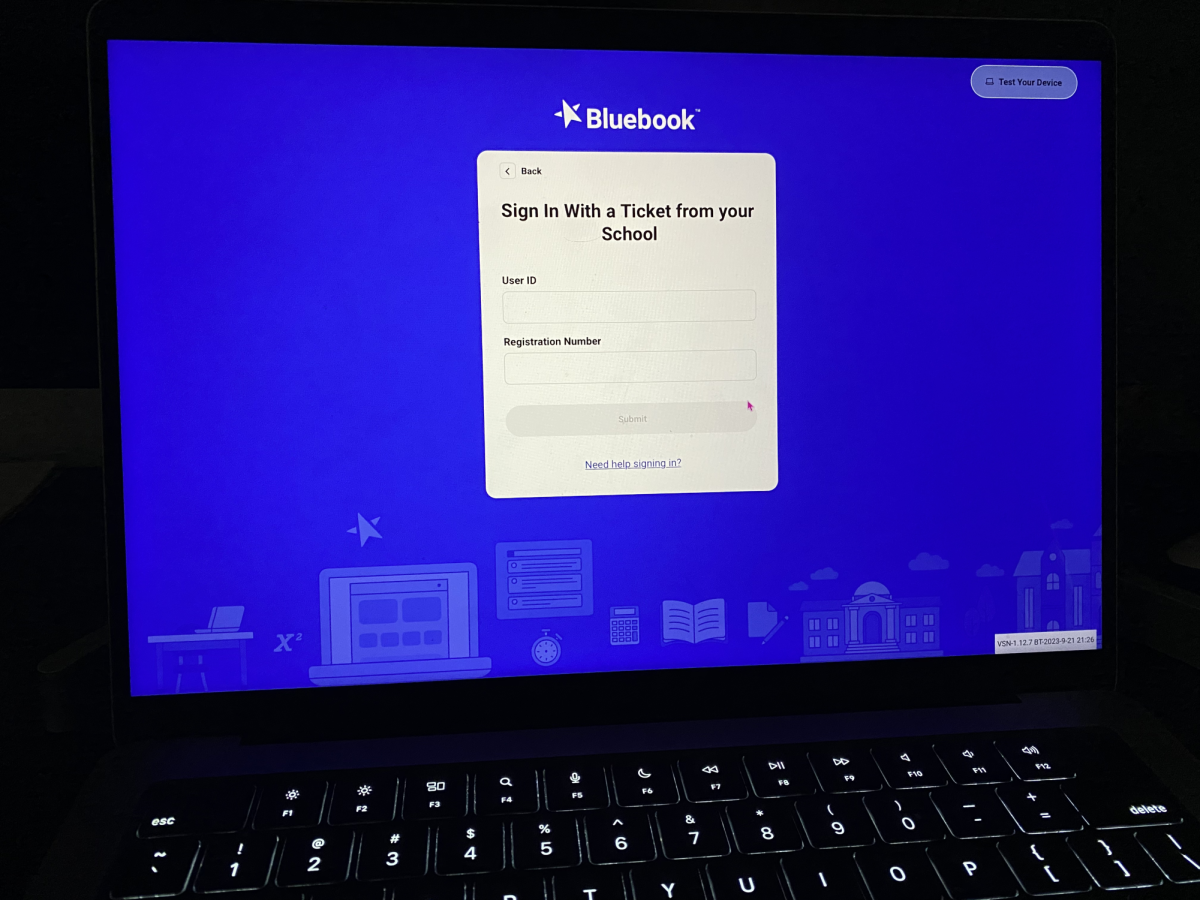Behind the Smokescreen
The Voice investigates the increasing use of Juuls in high schools and the Irvington administration’s response
December 16, 2018
Seeing through the smoke
In eighth grade, an anonymous sophomore, who will be referred to as Sarah, was introduced to a vape pen by her best friend, who got it from her older brother. After her friend asked Sarah and another friend to join her and try juuling, Sarah agreed. She felt as if she would have been left out if she had not. Now, Sarah vapes once or twice a month and dabbles in weed, all solely in the company of her friends and never at school. While she is concerned about her drug use, she admits juuling relieves the daily stress and monotony of school.
Similarly, an Irvington junior, who wishes to remain anonymous and will be referred to as Luke, admits he was introduced to vaping in his freshman year by a college friend. While he has tried weed, nicotine, xanax, and is not concerned about the repercussions of vaping or drug use, Luke hopes to eventually quit before he has a family and kids.
“I continue because it’s relaxing and fun, and I guess that’s why other kids do it too,” said Luke. “It doesn’t help you study or anything. Some people think that if you smoke a different type of weed it helps you focus, but it doesn’t work that way.”
Luke and Sarah are just two of many students within Irvington and, in a broader sense, the country who vape. Juuls, a popular type of e-cigarettes, have become a growing problem for adolescents around the country and in the Bay Area due to their resemblance to USBs: sleek in design and small in shape. In Fremont Unified School District specifically, a 2017 California Department of Education study found that 11 percent of Fremont juniors have tried an e-cigarette product and 5 percent of students are current users.
While campus supervisor Ross McAuley and Police Officer Joel Luevano acknowledge that vaping is a nationwide issue, they do not believe vaping to be a major problem at Irvington.
“I wouldn’t say there’s an increase,” said Luevano. “I just think that this vaping trend is taking off because its something new and it’s a lot easier to do at school without creating that cloud of smoke or even the lingering smell of a cigarette.”
“We see [vaping] on campus. We’ve had students brought to us because a teacher sees them pass a vape pen from one person to another, they notice a puff of smoke in the air, and students sometime report that their asthma kicks up,” said Principal Melsby when asked about the prevalence of vaping on campus. “It’s my belief that if we looked in every single backpack, we would find many vape pens.”
Ease of Access
In the CA Department Study, 50 percent of underage respondents stated that it was fairly/very easy to obtain e-cigarettes despite the fact that it is illegal for retailers to sell Juuls or e-tobacco products to people under the age of 21. This ease of access coupled with the relatively cheap cost of Juuls has also attracted students to try this form of tobacco, as opposed to other, more expensive forms.
The Tri-City Health Center found that out of 82 tobacco retailers in Fremont, 56 of them sell e-cigarette products and 20 specifically sell Juuls. Even worse, according to a 2018 California Department of Public Health study, 30.2 percent of vape shops and 36 percent of tobacco stores sell tobacco to underage young adults.
“It’s easy, and smell isn’t even a problem because they produce vapor not smoke,” said an anonymous junior when asked how easy it was to access e-cigarette and vaping products.
Part of the issue involves teachers and other staff not being completely aware of vape pens and e-cigarette products, making it harder for them to both recognize the issue as well as offer clear-cut administrative solutions.
“If a kid had a pack of cigarettes on their desk, every teacher would obviously recognize that,” said Principal Melsby. “How many students have charged a Juul in their laptop and their teacher didn’t know because it’s such new technology, or at least it’s new [enough] that they need to be educated?”
Possible Solutions
The FDA reported that from 2017 to 2018, there was a 78 percent increase in e-cigarette use in high school students and shockingly, a 48 percent increase in e-cigarette use in middle school students. Given this increase in drug use, the city of Fremont partnered up with the Tri-City Health Center to host a town hall on the Vaping Epidemic. Local community activists have also worked alongside the school district to increase public awareness about vaping’s adverse health effects.
“Mr. Goulet and I did a five minute presentation on vaping and Juuls to parents [on back to school night] so they would be educated,” said health teacher and Tobacco Use Prevention and Education program representative, Ms. Gavin. “I’m also planning on doing a staff presentation at one of the staff meetings. I think that’s important and I think starting the conversation with students so they start understanding the dangers [is important].”
In January, the district office will host a two-day training in which staff representatives from every school will learn more about Juuls and become aware of how to effectively intervene.
“Right now we’re in the process of training all of the teachers to know what to look for ke so that they can recognize vaping. That’s the biggest,” said Principal Melsby. “Then, [we’ll work on] interventions , so once we have a student, [we can decide] what’s the best way to educate them and to couple the discipline with something positive moving forward.”
At the city-level, the Tri-City Health Center is also involved with sending out mobile clinic vans to Mission San Jose and Irvington High School for awareness. Additionally, California Tobacco Control Program (CTCP) Coordinator, Brian Davis, and Youth Advocacy Coordinator, Stefan Wooding, are advocating for both city-wide and federal level reform to increase regulations on e-cigarettes’ hundreds of flavors, which they cite as a major reason why teenagers are attracted to these tobacco products.





















